Introduction to Strategic Chess Trades
Chess, often described as a game of war, involves not only positioning and foreseeing future moves but also strategically sacrificing or trading pieces to gain an upper hand over the opponent. Understanding when and why to exchange pieces in chess is an essential skill that can dramatically change the outcome of a game. Strategic trades can demoralize an opponent, gain material or positional advantage, or simplify a position to lead into a winning endgame.
The Basics of Chess Trades
A trade in chess occurs when players exchange pieces of equal or similar value. For instance, trading a knight for a bishop, a rook for another rook, and so on. Yet, even when the material value is even, depending on the position, the trade could be advantageous for one side and detrimental for the other.
To make decisions about trades, it is crucial to understand the value of each piece in a specific context, beyond their basic point score (pawn = 1, knight and bishop = 3, rook = 5, queen = 9). A player must consider factors such as the activity of the pieces, control over key squares, the safety of the king, and the pawn structure.
Considerations for Trading Pieces in Chess
- Material benefit: The most straightforward reason for a trade is gaining material advantage. If an exchange results in winning a piece or a pawn, it is usually beneficial.
- Improving piece activity: Sometimes, less active pieces are traded for more dynamic opponent’s pieces to activate one’s own remaining pieces.
- Creating weaknesses: Trades can be employed to create weaknesses in the opponent's pawn structure, such as doubled pawns or isolated pawns, or to expose the enemy king.
- Simplification: When ahead in material, simplifying the position by trading down can be a path to victory. It makes the opponent's potential counterplay more manageable.
When to Trade Specific Pieces
Trading Pawns
Pawns might seem minor, but their strategic importance in chess cannot be overstated. Deciding when to trade pawns involves understanding their role in both the present and future board structure. For instance, accepting a pawn trade that opens up a file for your rook or allows your king to enter the endgame more actively might be beneficial.
Trading Knights vs. Bishops
The Knight vs. Bishop trade is among the most nuanced exchanges in chess. The decision largely depends on the pawn structure and the nature of the position (open or closed). Bishops generally excel in open positions where they can exert long-range control, while knights thrive in closed positions where their ability to hop over pawns becomes valuable. Consider trading a knight for a bishop if doing so cripples your opponent's pawn structure or if the resultant position favors the unique abilities of your remaining pieces.
Trading Rooks and Queens
Trading rooks or queens can significantly influence the game’s dynamic. Rooks are most powerful in open files and ranks, particularly in the endgame, so consider the implications of a rook trade on the endgame potential. Queens, being the most powerful pieces, should generally be traded when it leads to a favorable endgame situation or diminishes significant threats against your own king.
Strategies for Effective Chess Trades
Initiating Favorable Trades
To initiate trades that benefit you, position your pieces such that the exchange favours your strategic goals. This could involve aligning your rooks on open files, or strategically placing your bishops where they threaten to capture or be captured only under favorable circumstances. Coordination between your pieces is key to making these strategies work.
Declining Disadvantageous Trades
When faced with a trade that doesn't seem favorable, it might be wise to decline it. You can either move the threatened piece to a safer square, counterattack another portion of the board, or offer an alternative piece in trade that better suits your game plan.
Timing of Trades
The timing of a trade can be as crucial as the trade itself. Sometimes, waiting a few moves, developing other pieces, or creating additional threats can turn an otherwise balanced trade into a highly advantageous one. Understanding the rhythm and flow of the game can help in determining the right moment to exchange pieces.
Advanced Considerations in Chess Trades
In higher levels of play, chess trades become less about immediate material gain and more about nuanced positional benefits and long-term strategy. Here, players might engage in exchanges that temporarily weaken their position to gain a strategic outpost or to transition into a winning endgame.
One advanced strategy includes sacrificing a piece without immediate recapture, planning to regain the material advantage at a later stage in the game once the opponent's position is destabilized.
Conclusion
Mastering the art of chess trades is essential for advancing in chess proficiency. It requires not only a deep understanding of the individual pieces' values but also a broader perception of the game's dynamics and future possibilities. Remember, every trade should help advance your overall game strategy, whether it's gaining material, improving your piece activity, or transitioning into a favorable endgame. By consistently practicing and analyzing top-level games, you can improve your ability to determine when and what to trade in chess, potentially transforming your overall approach to this intricate game.
Explore our large collection of luxurious chess sets!


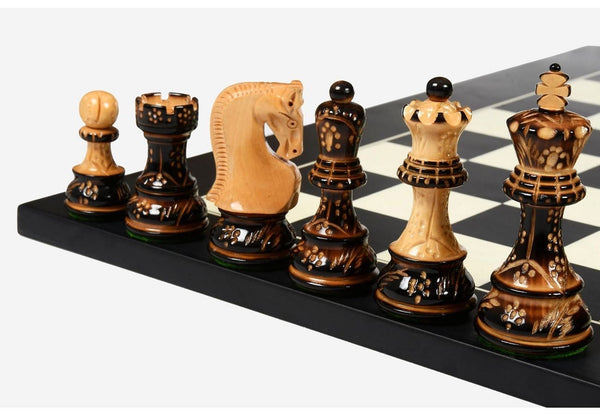
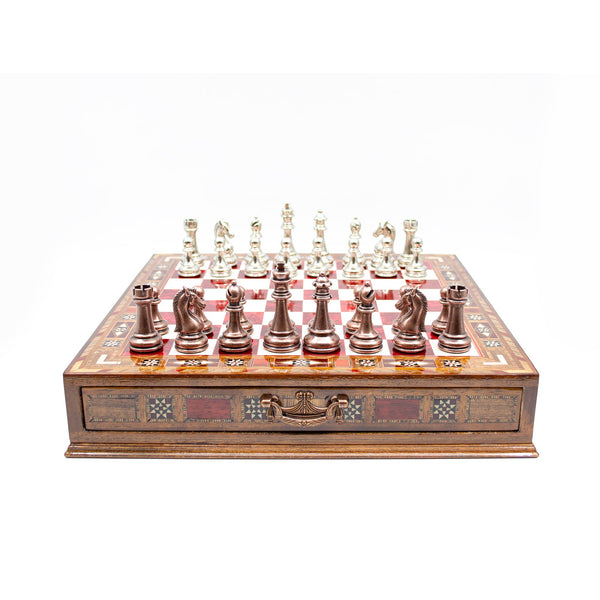
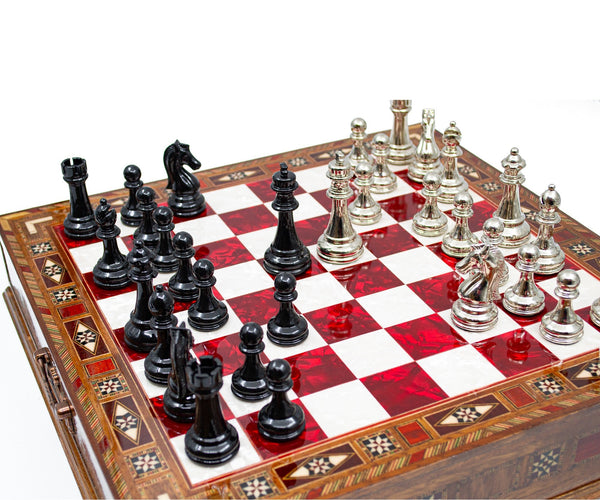
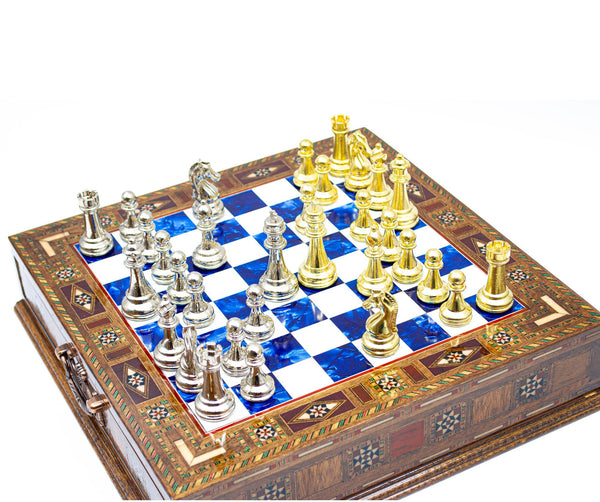
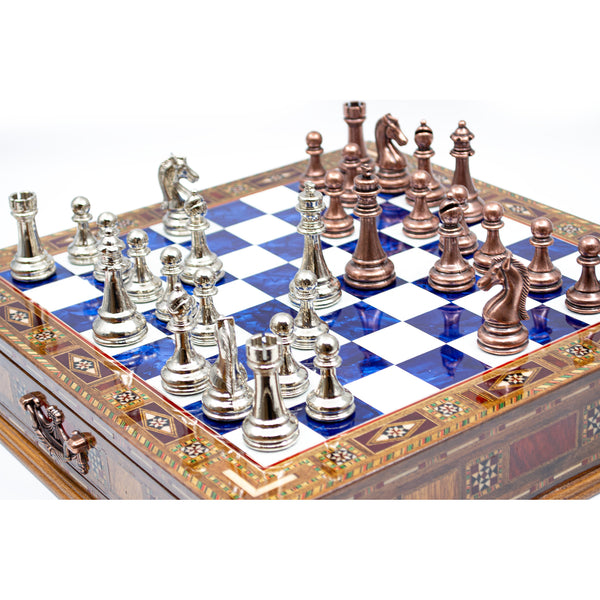
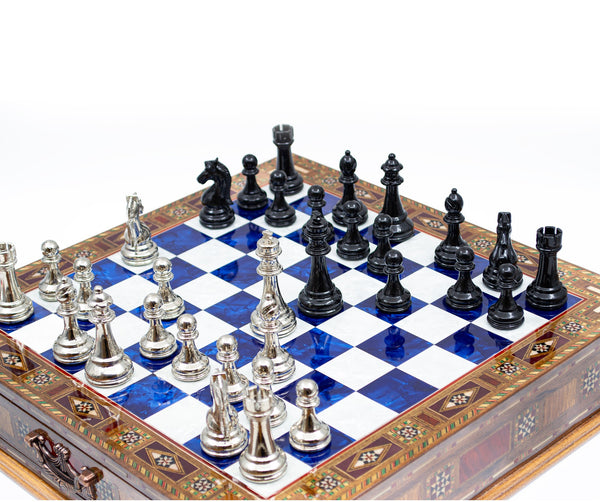



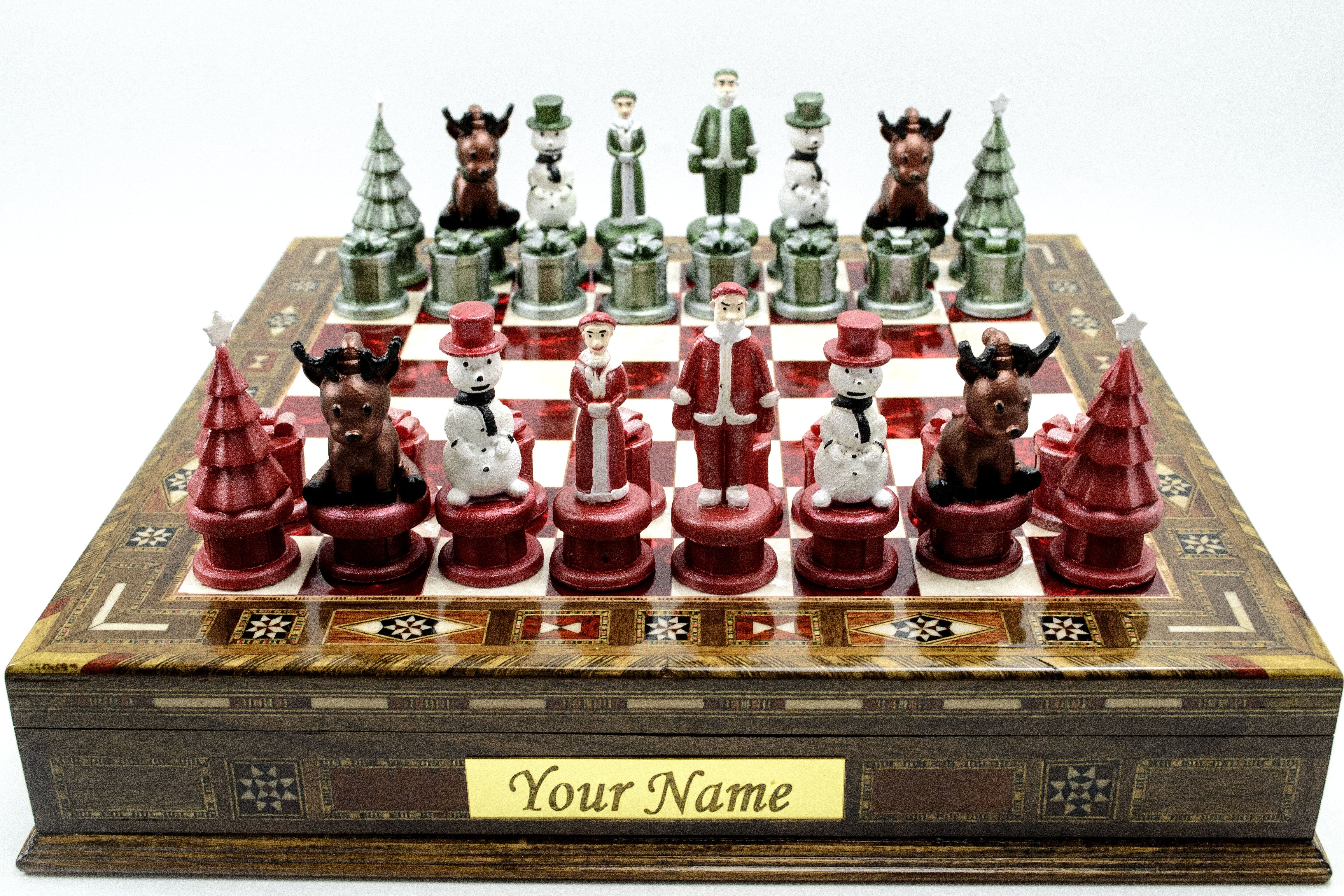




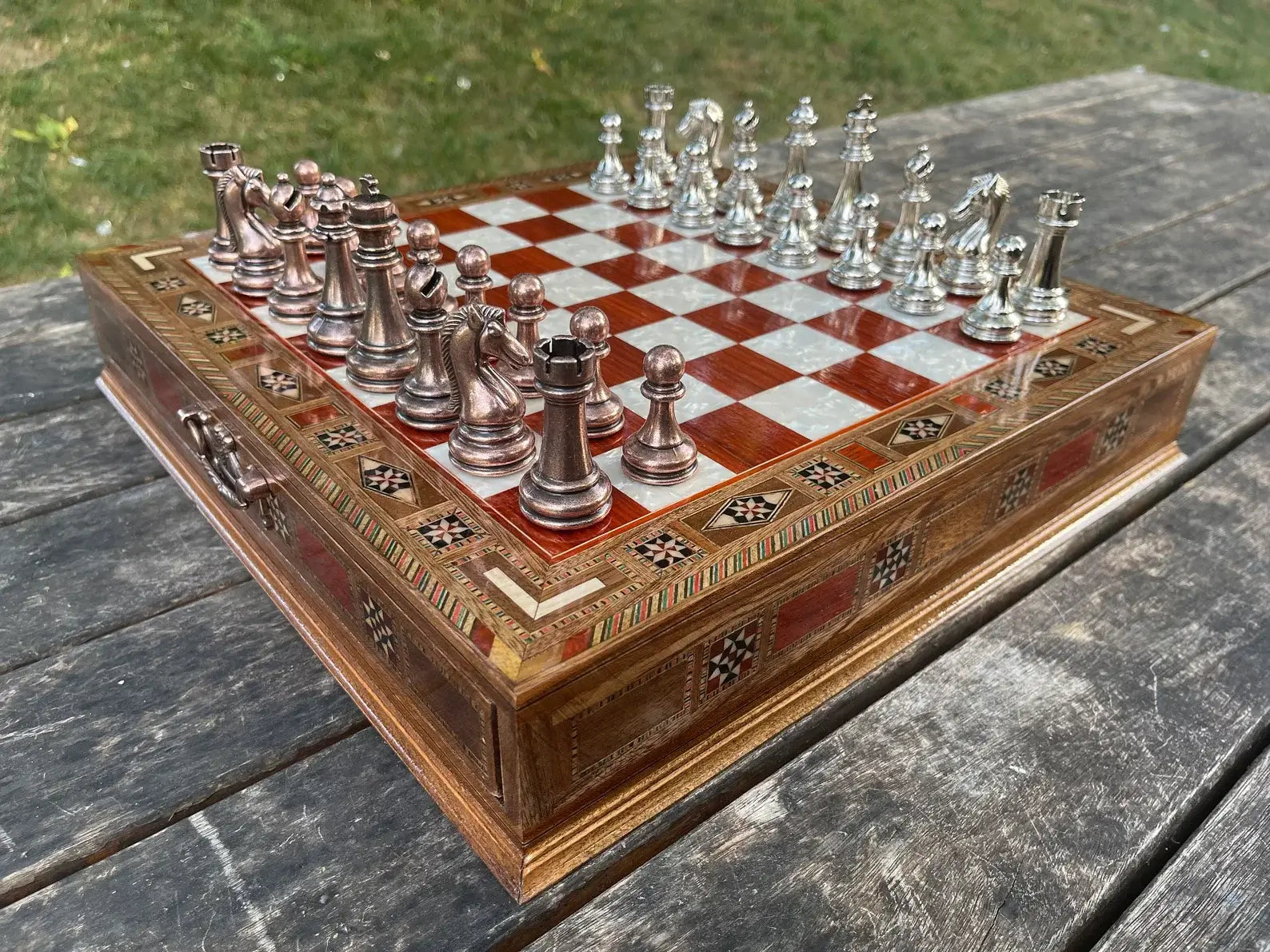
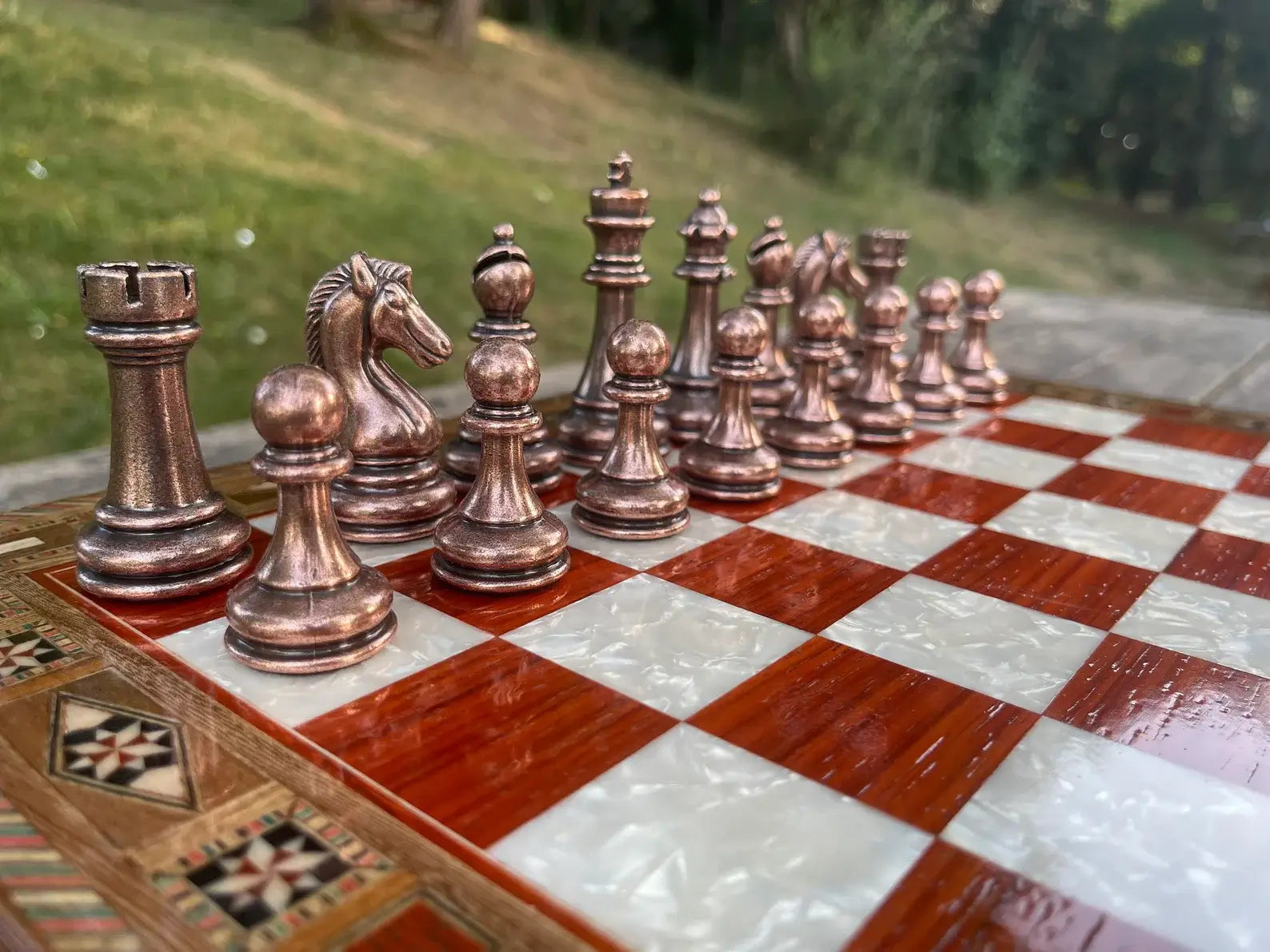
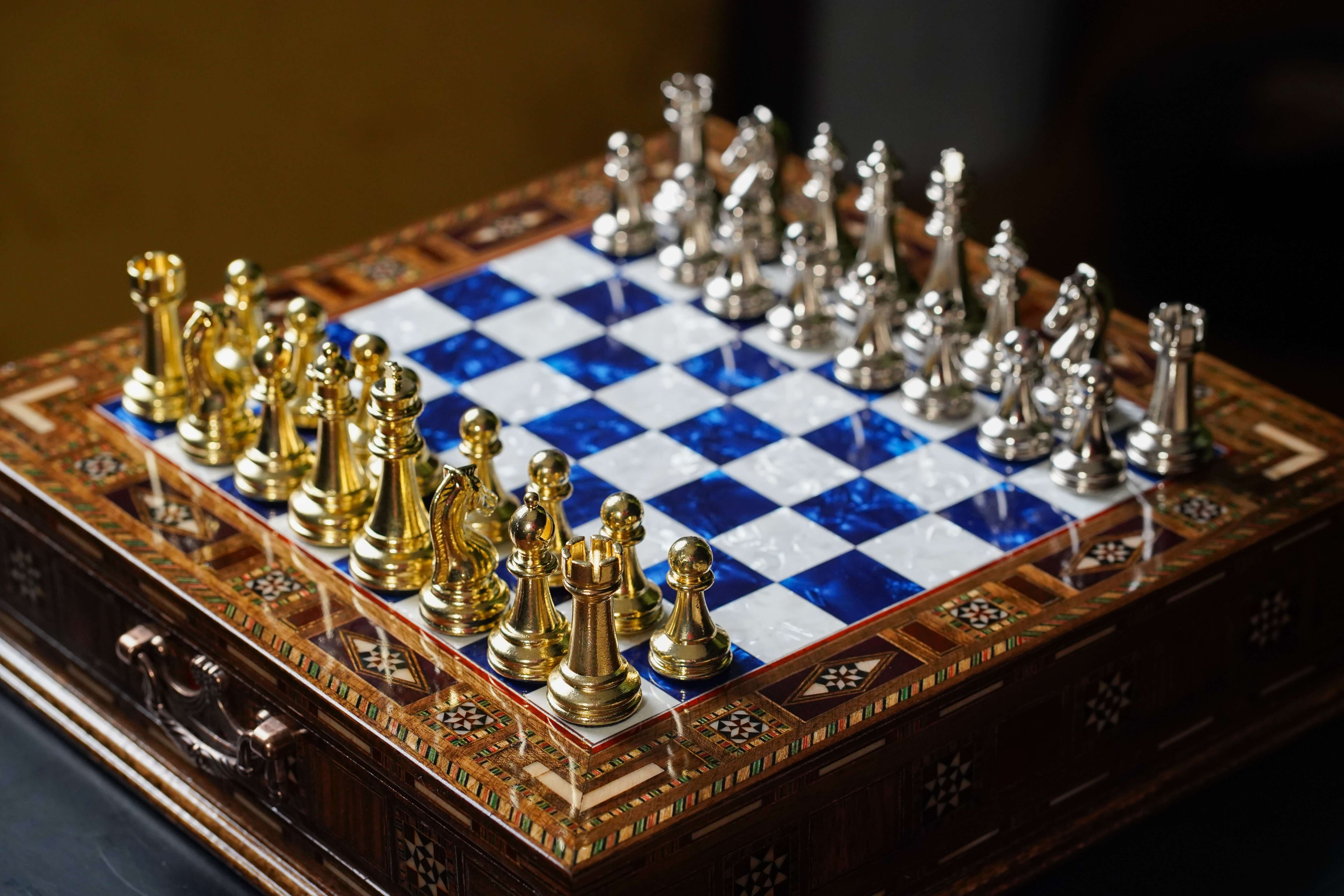
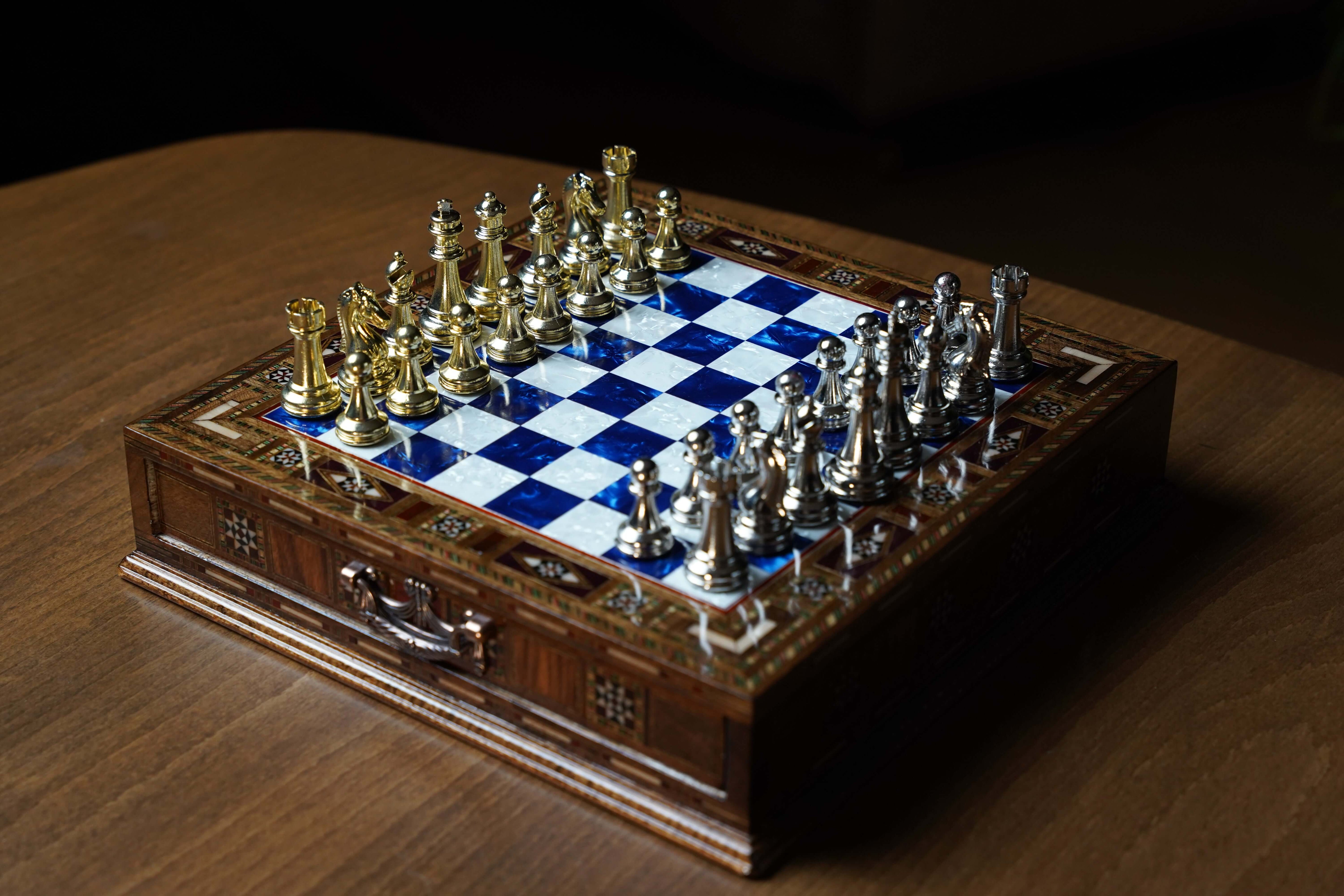
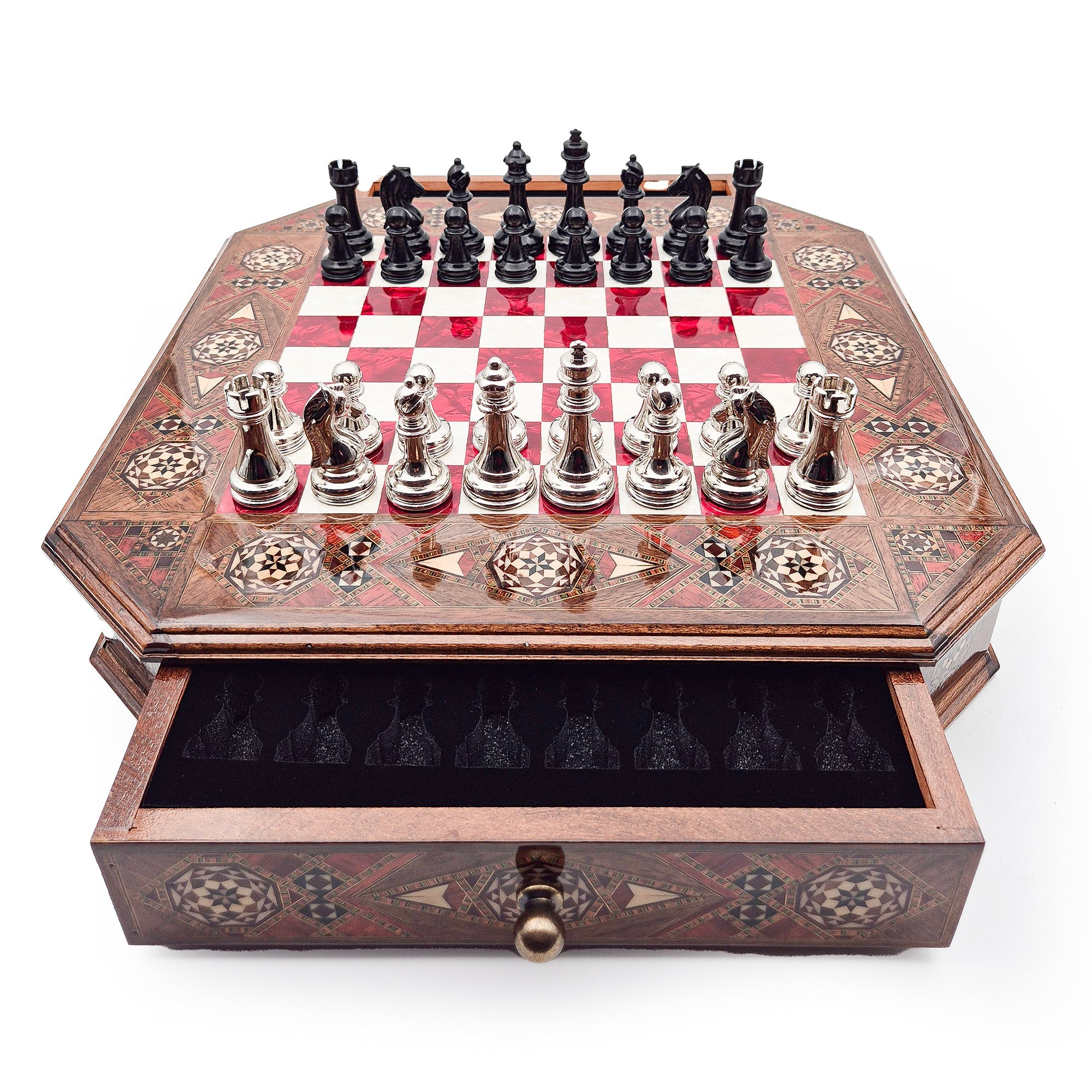
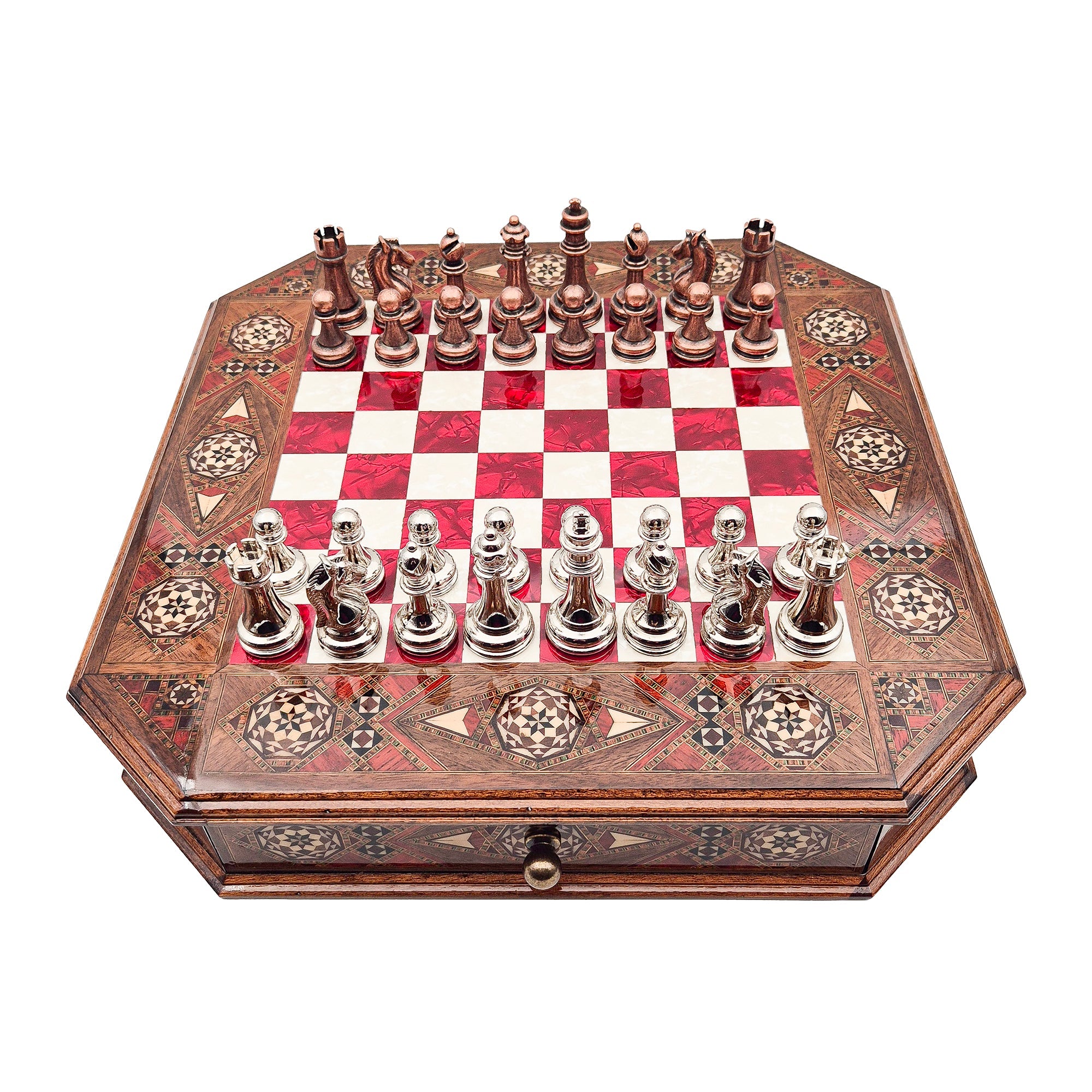
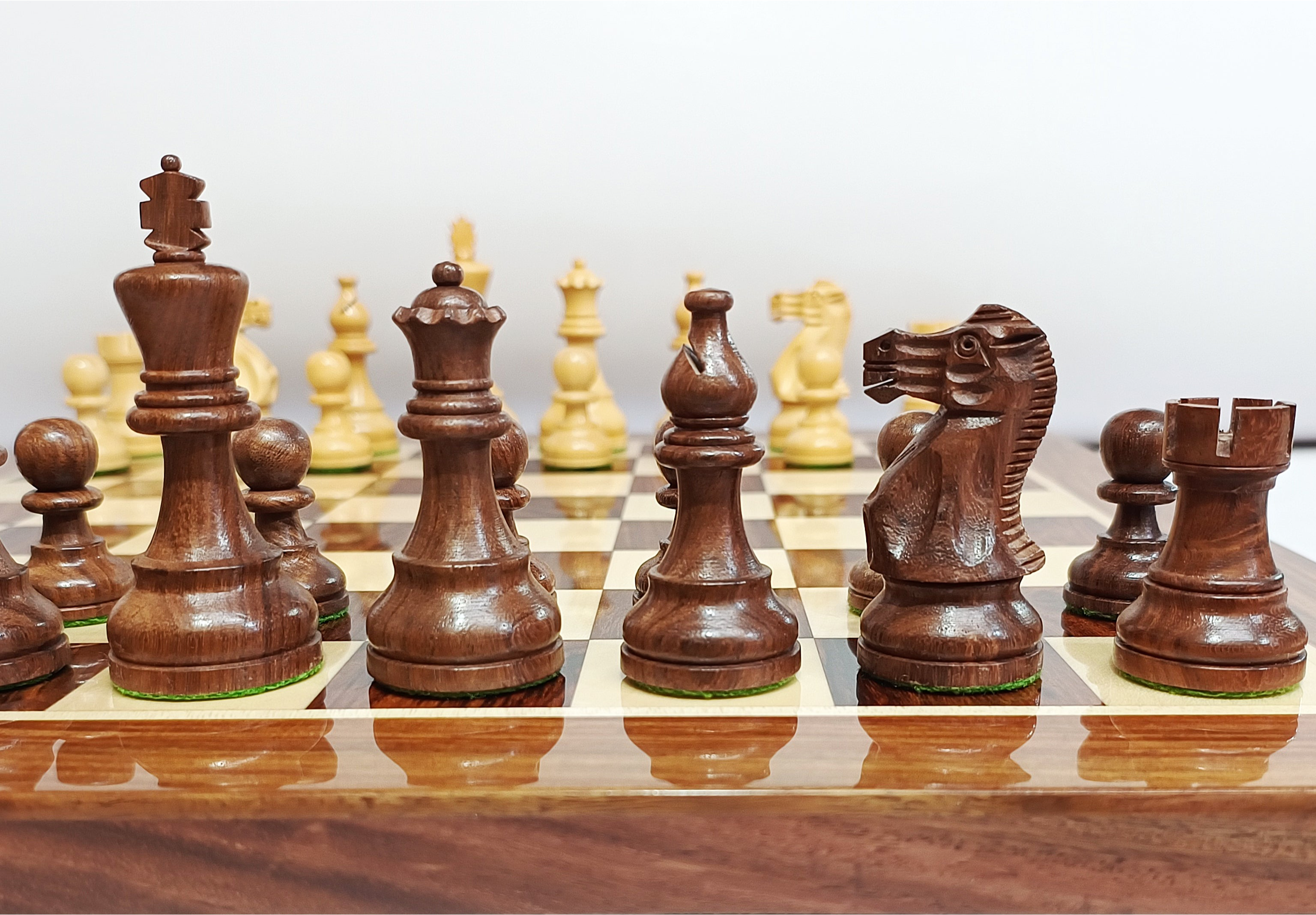

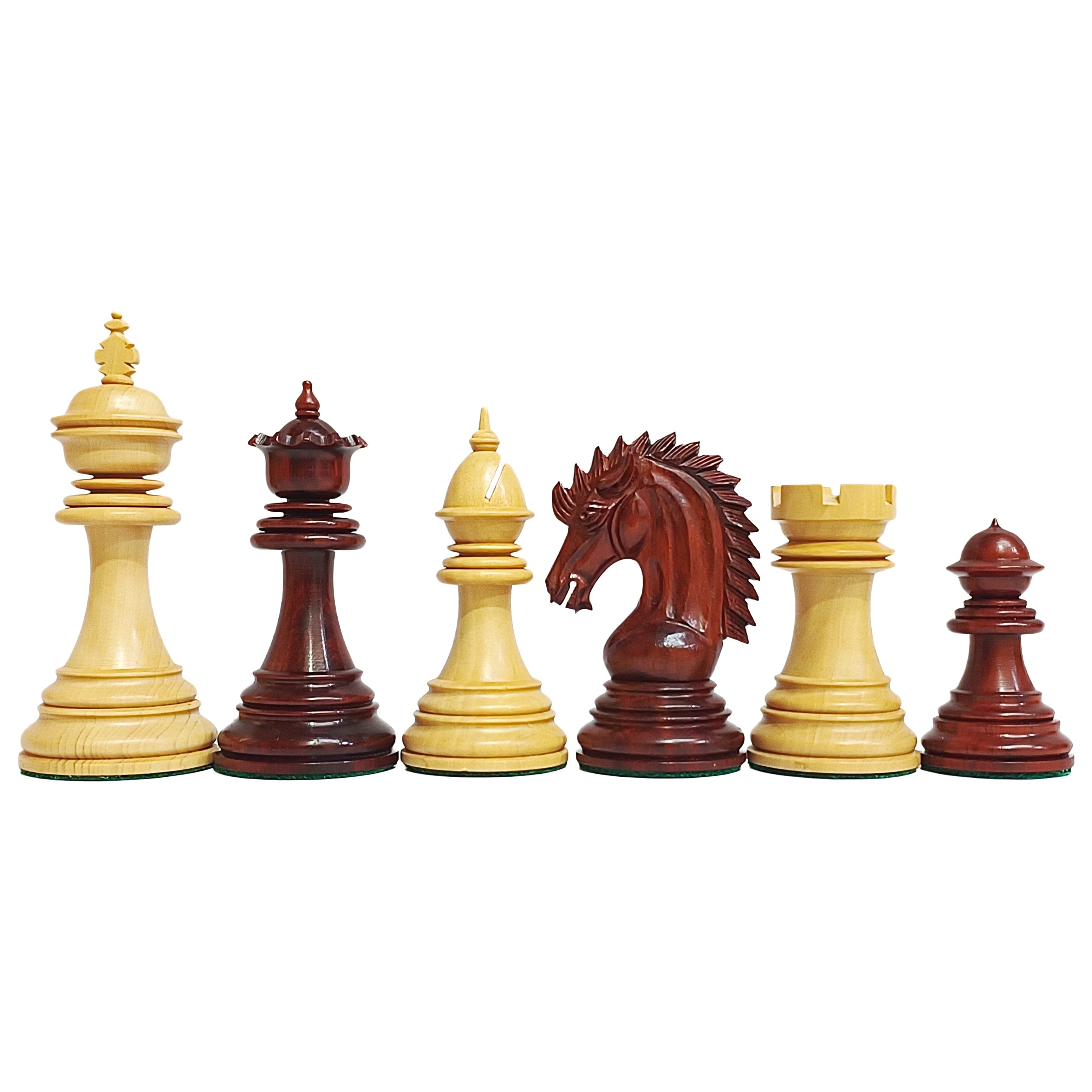
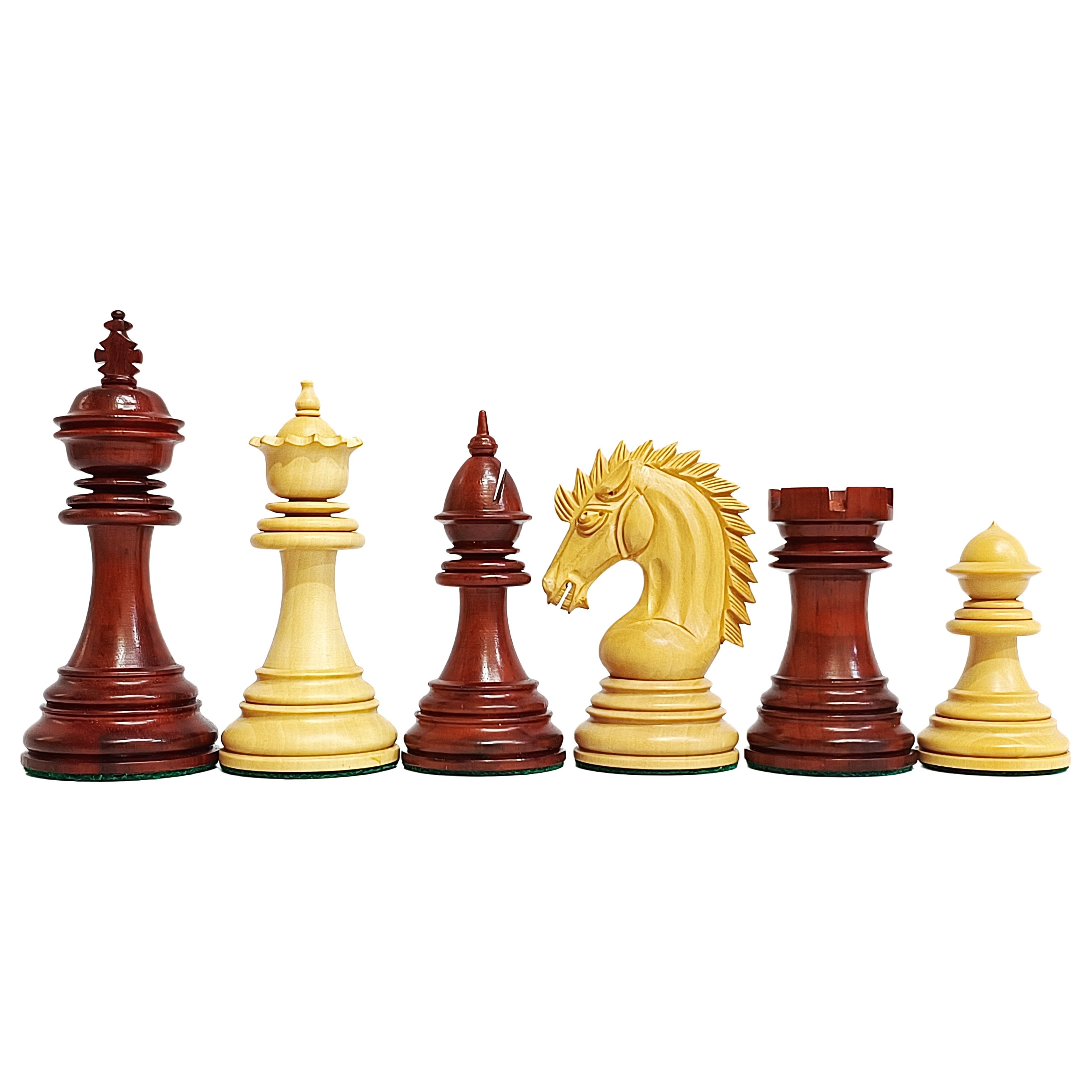


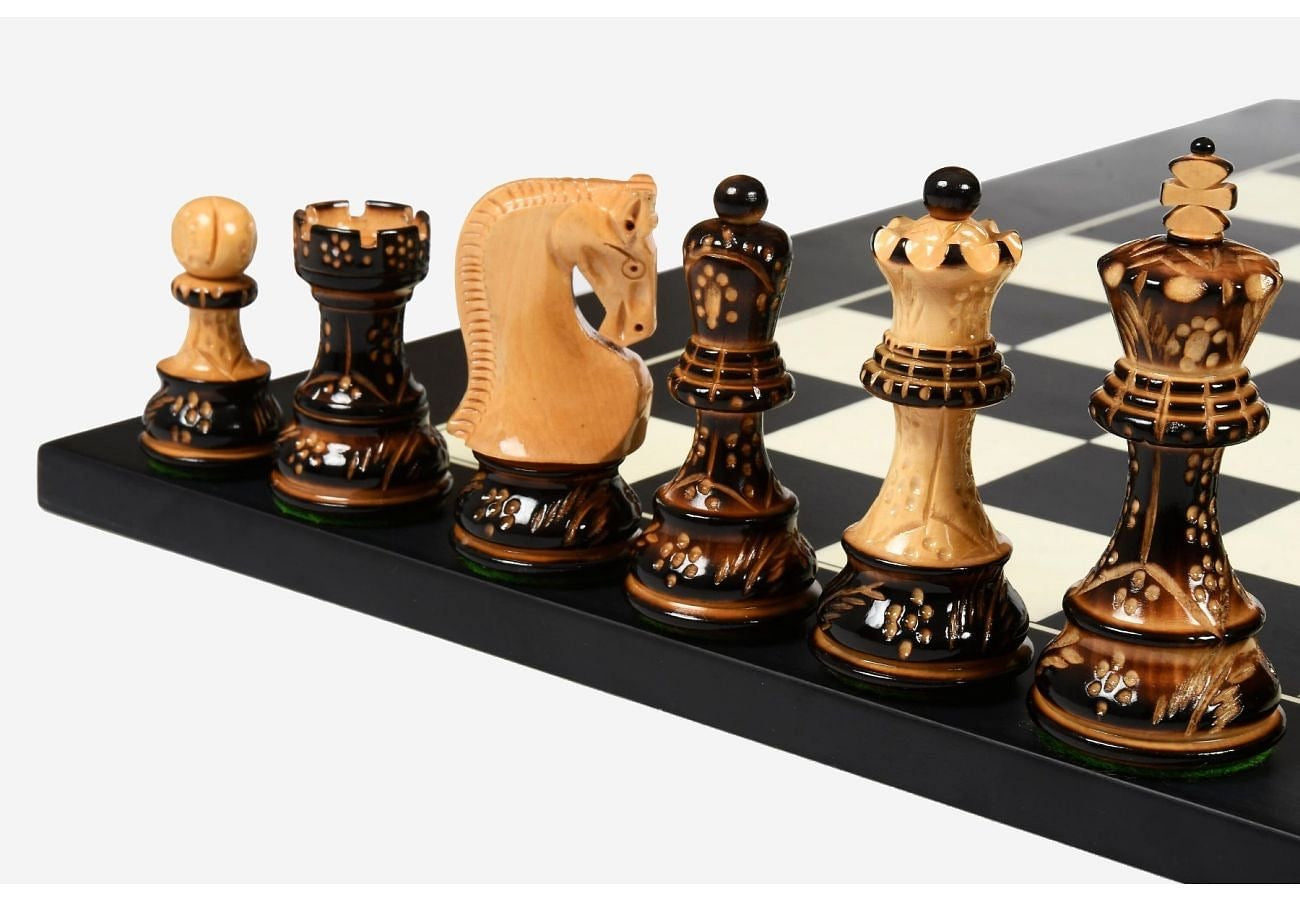
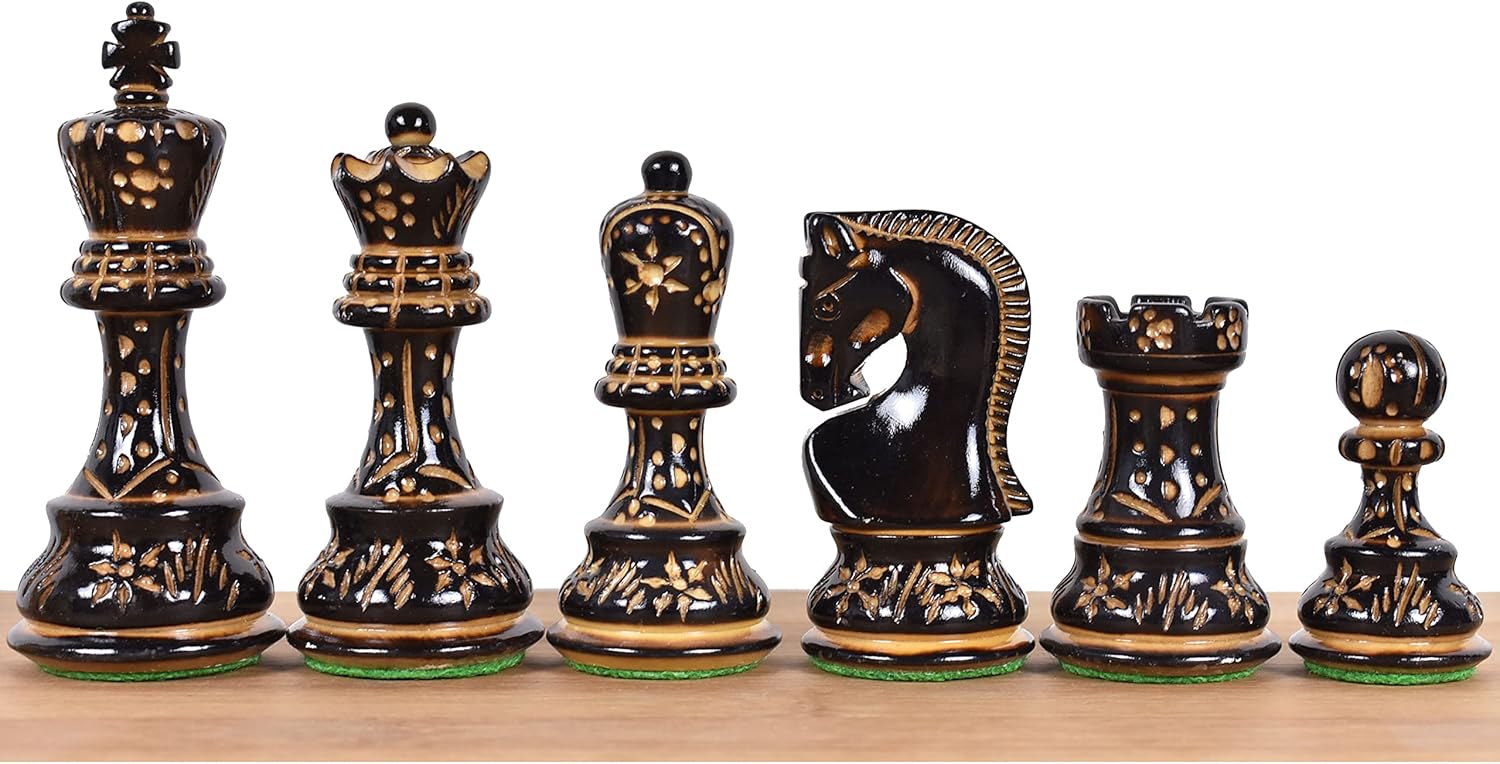
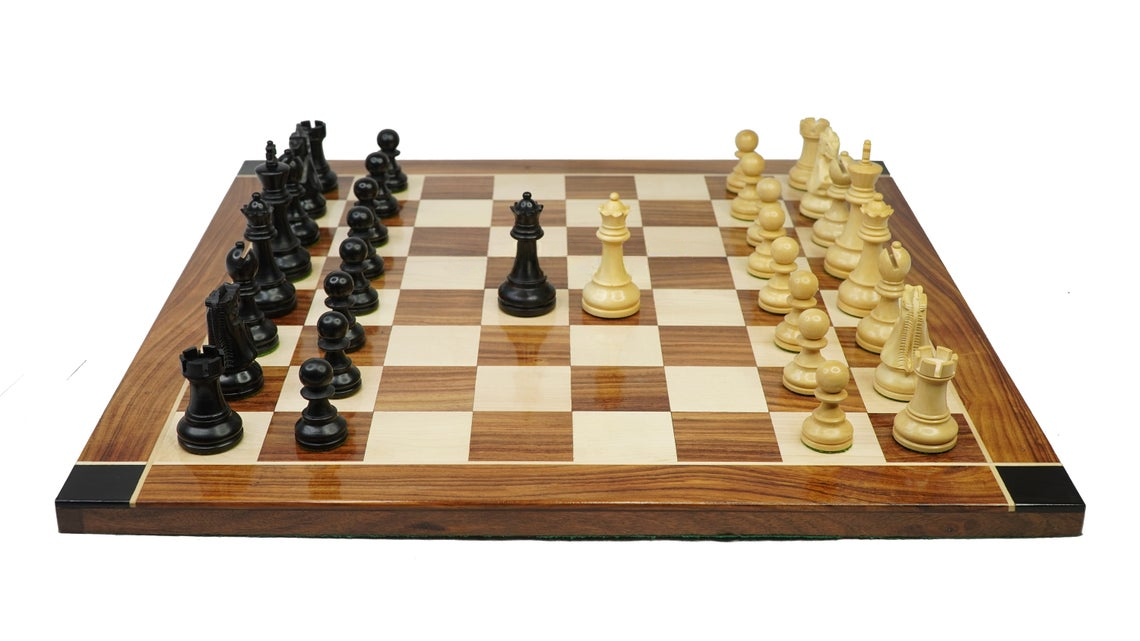

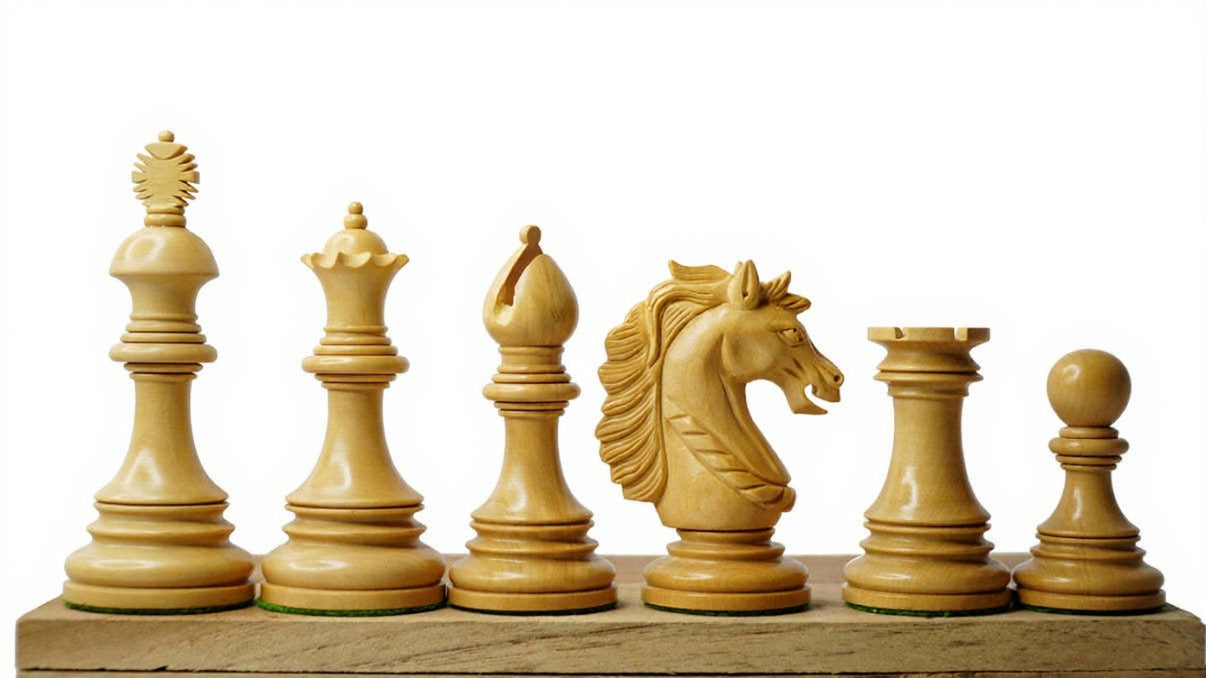
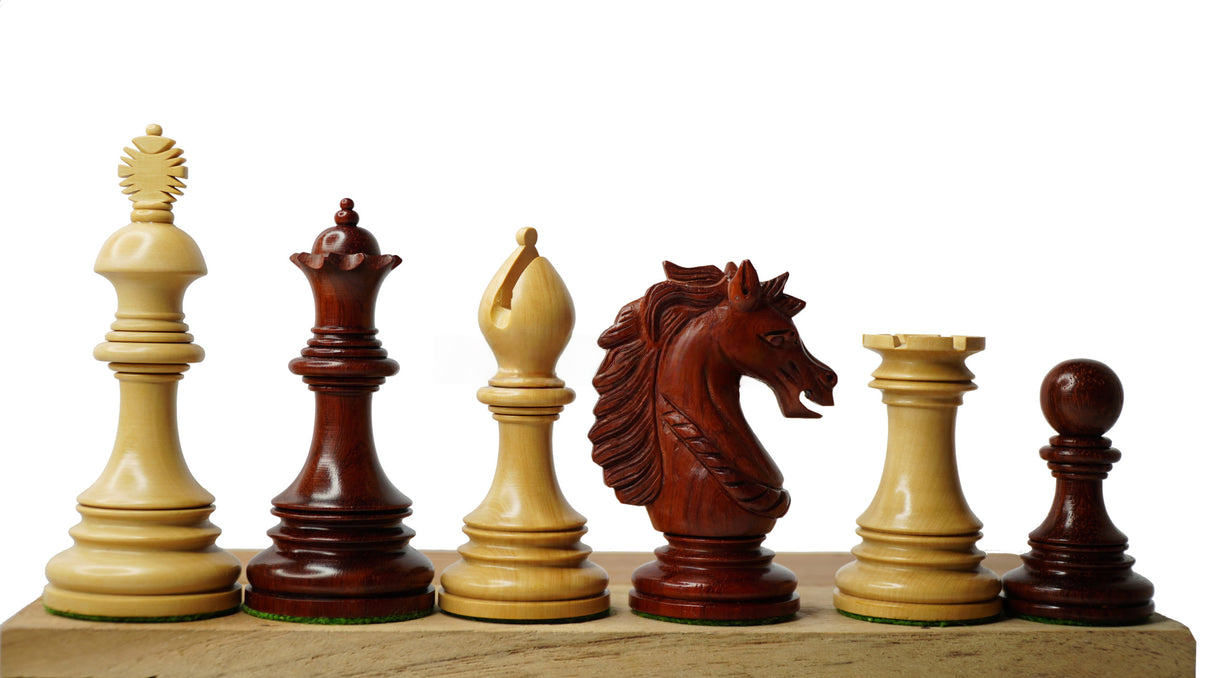
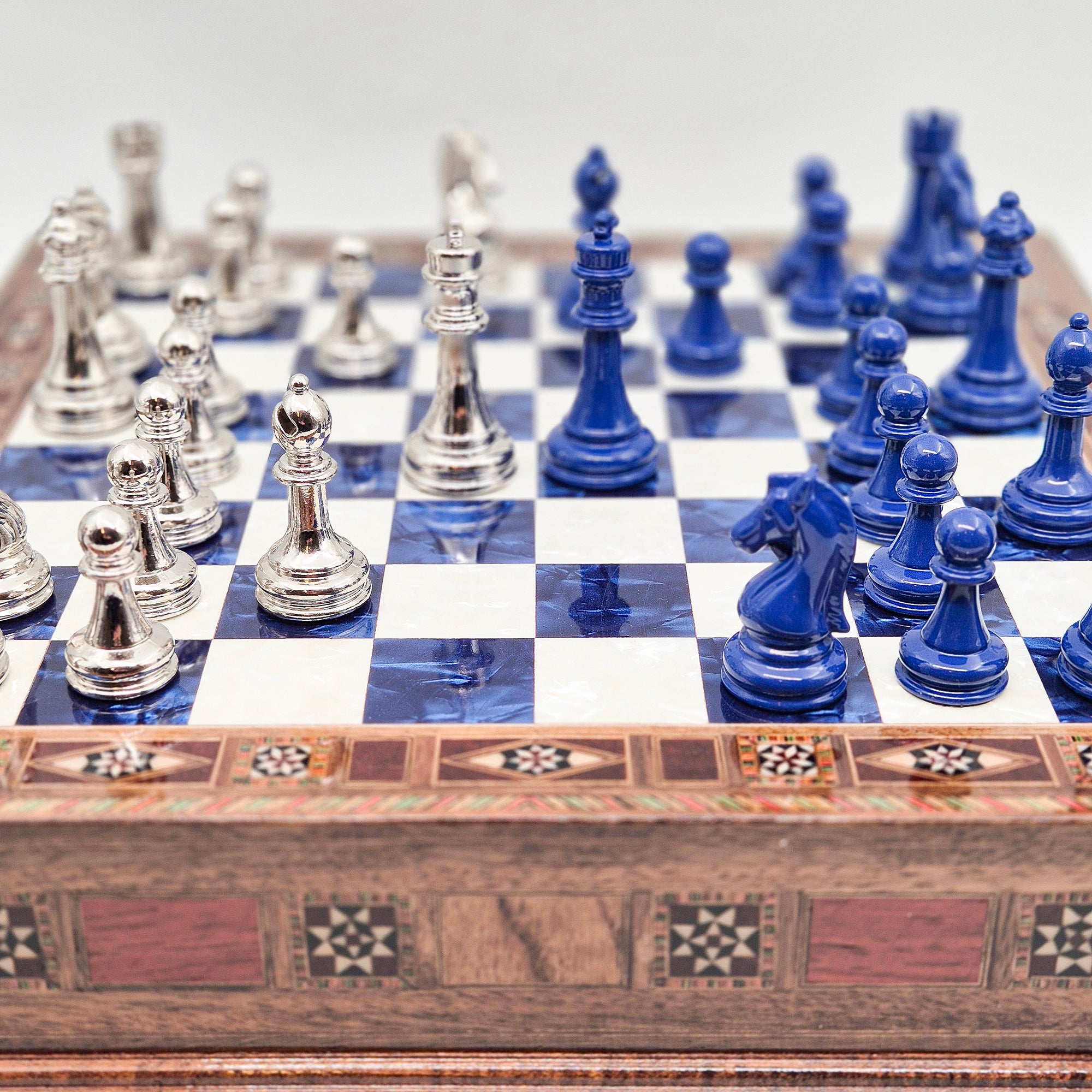


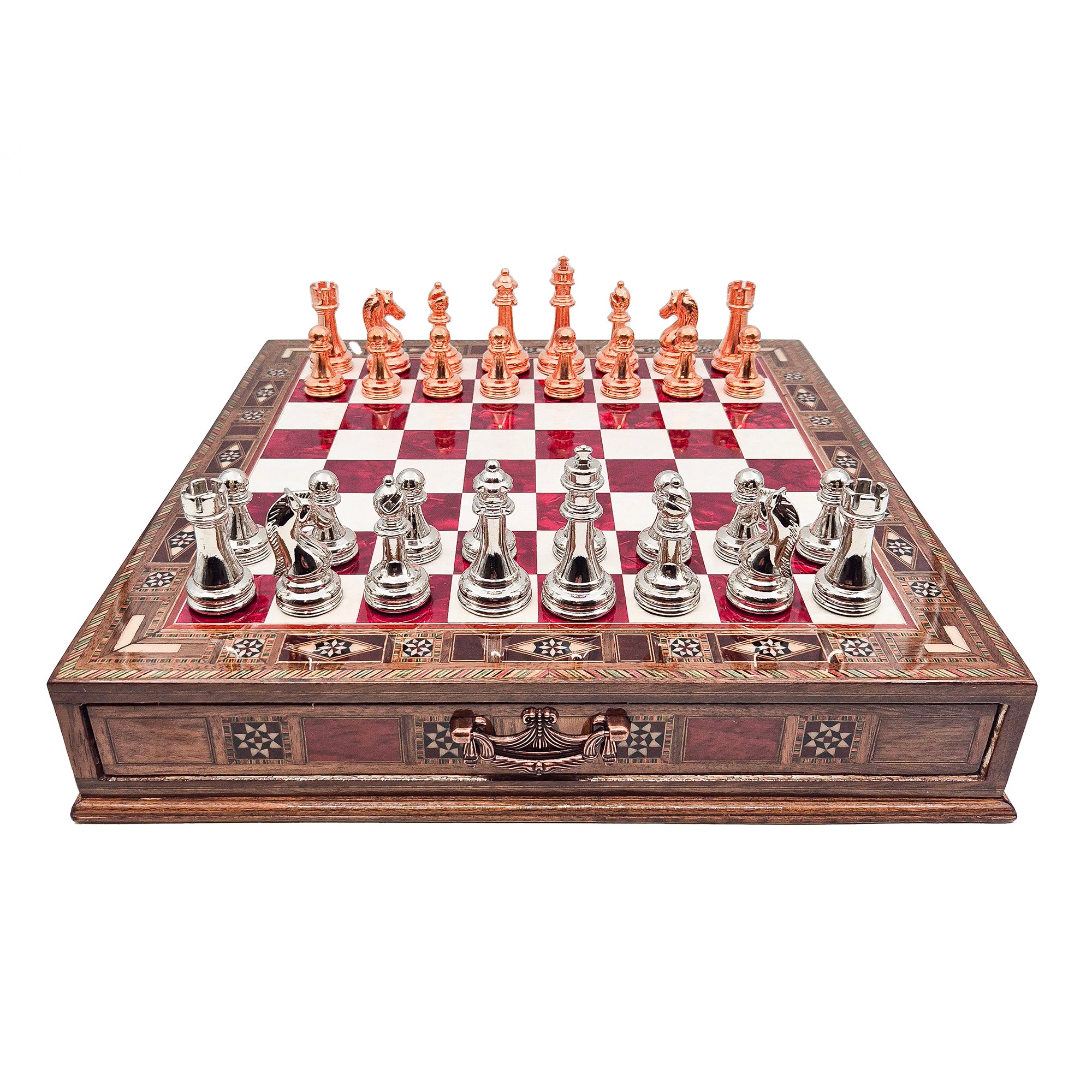
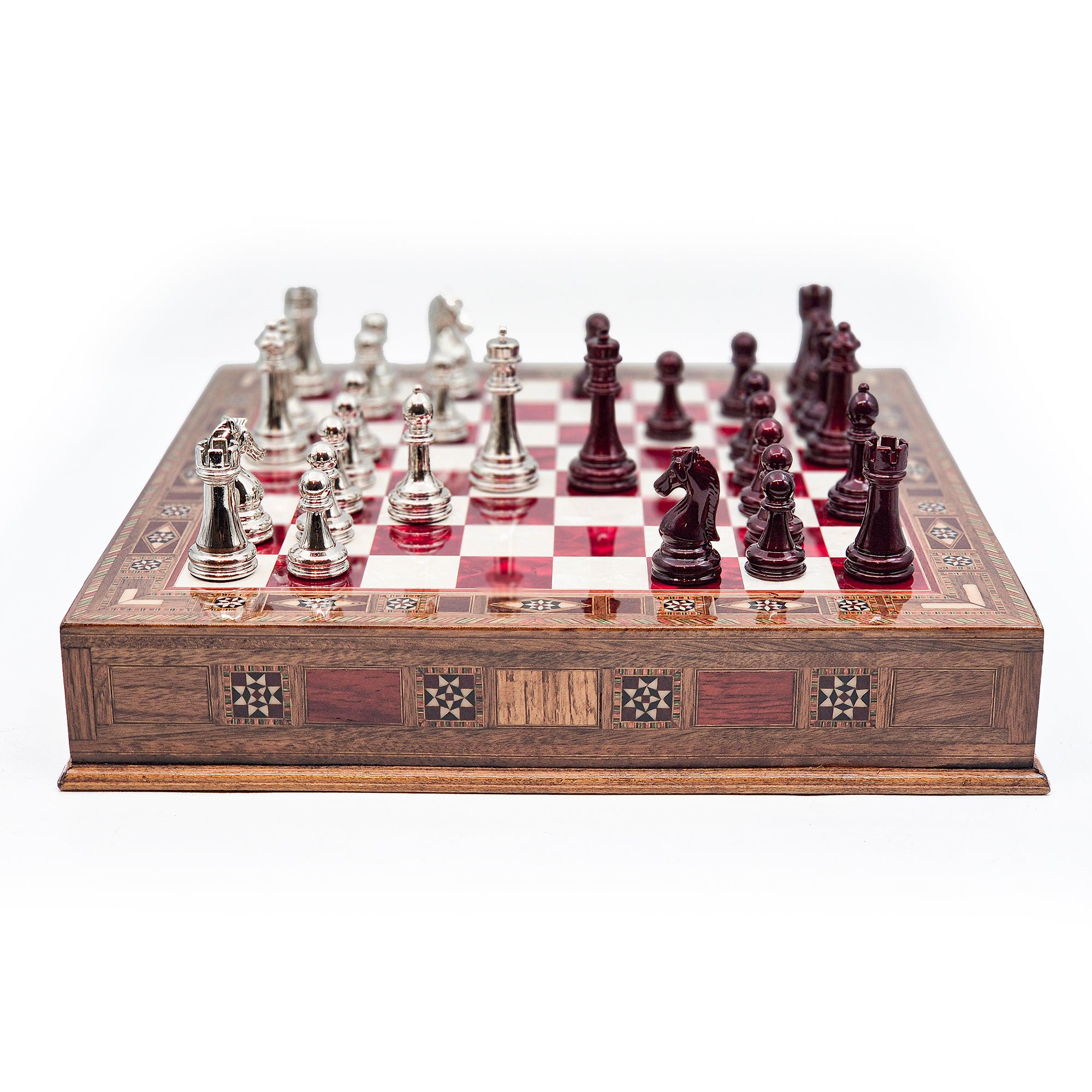
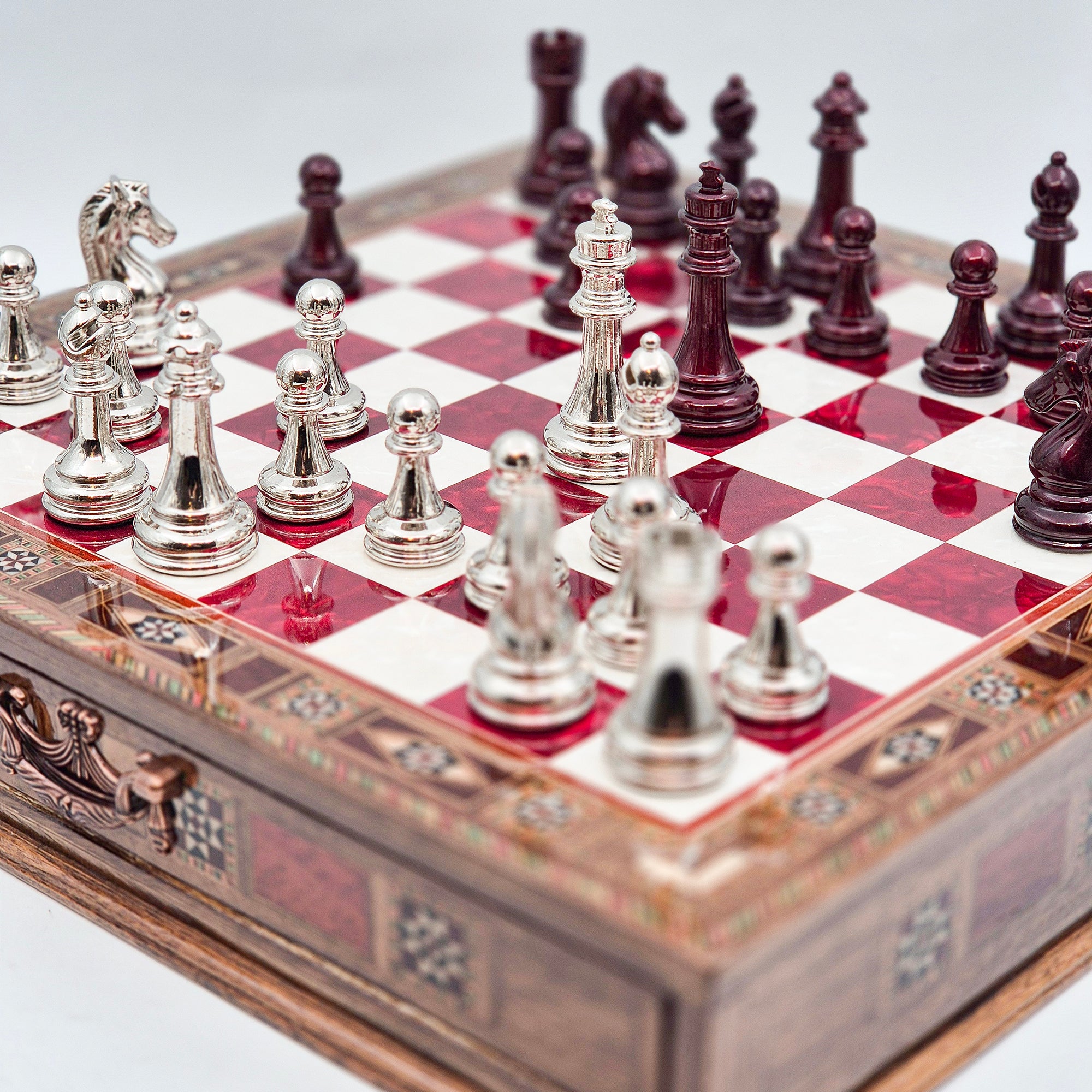
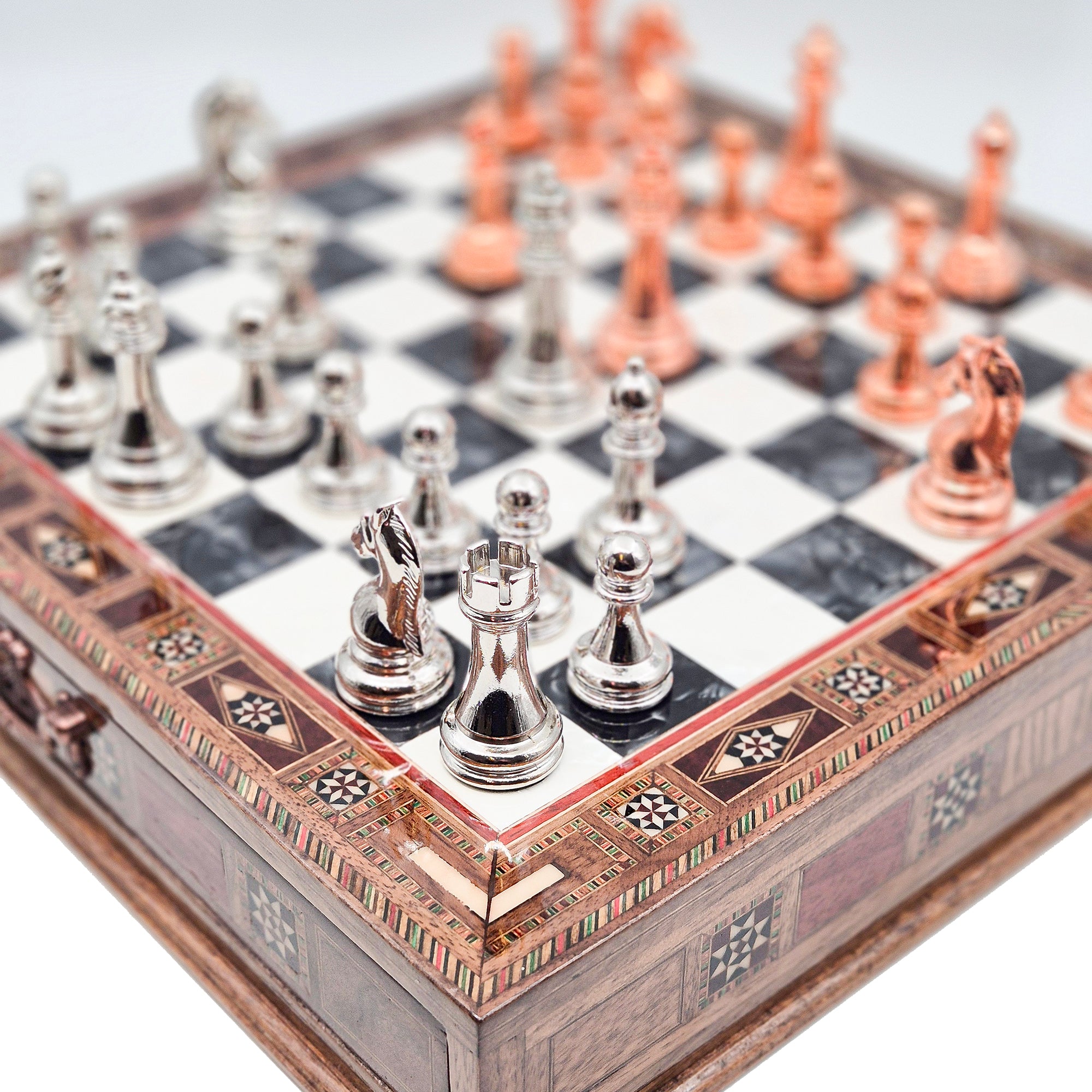
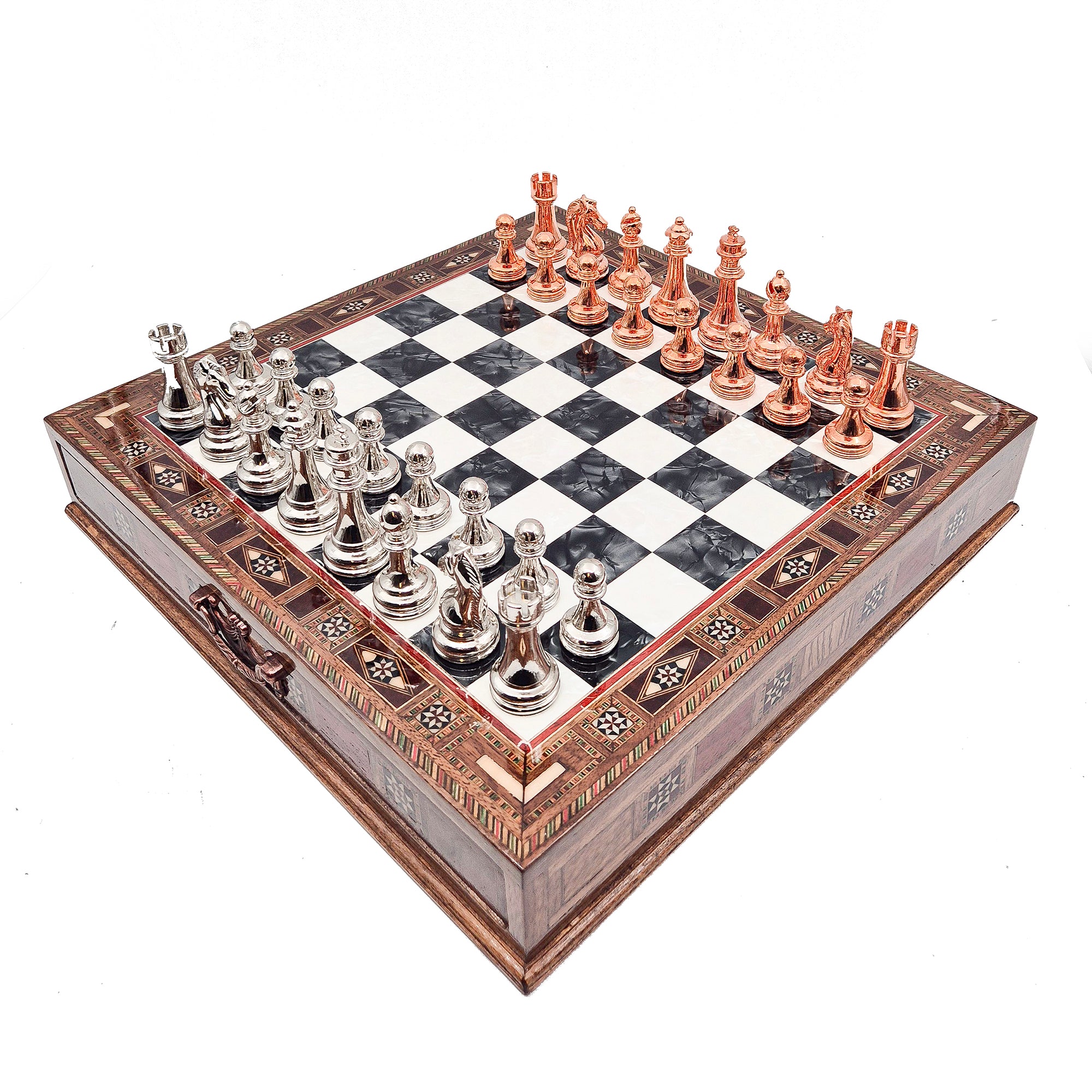


Leave a comment
All comments are moderated before being published.
This site is protected by hCaptcha and the hCaptcha Privacy Policy and Terms of Service apply.